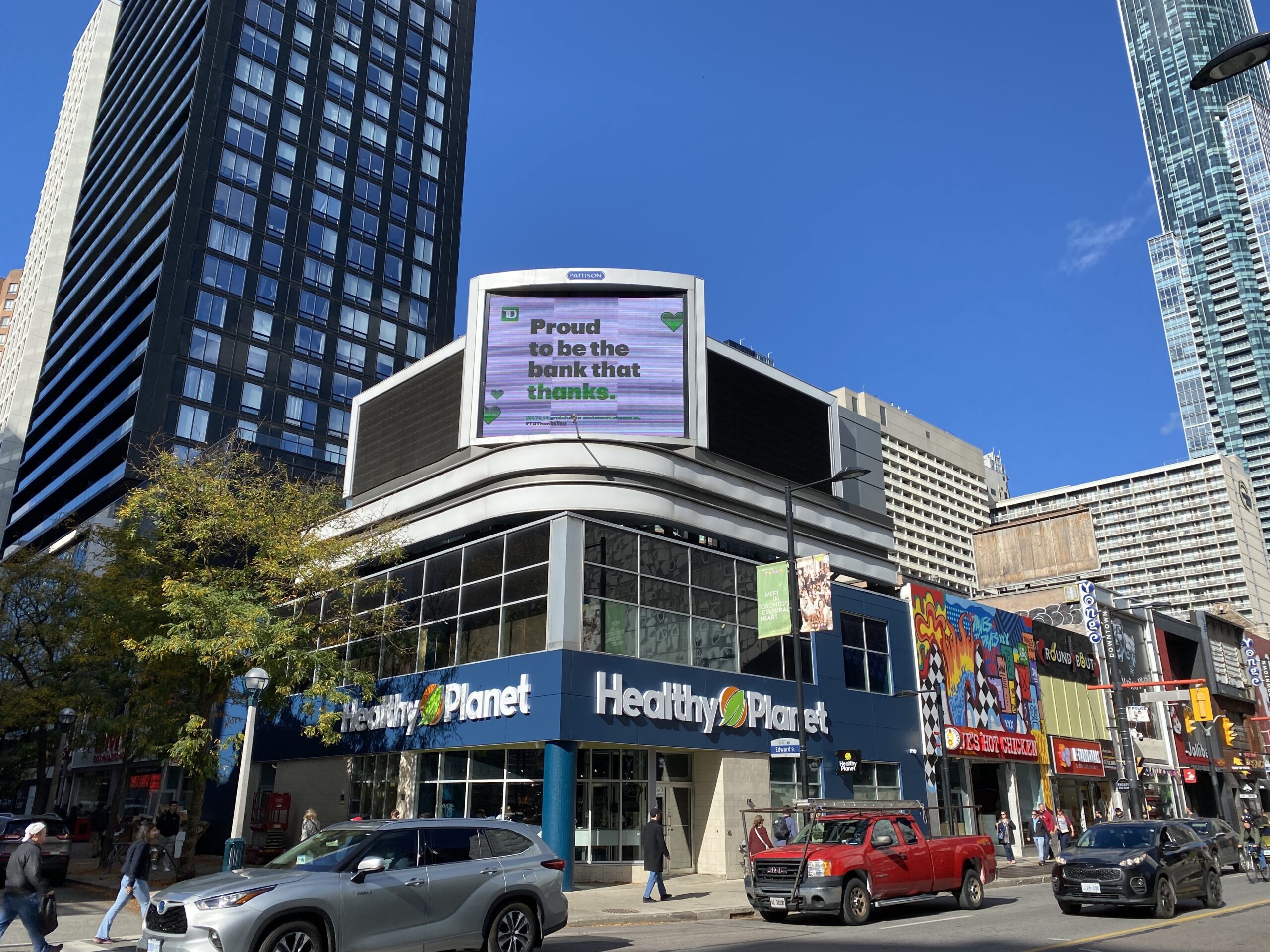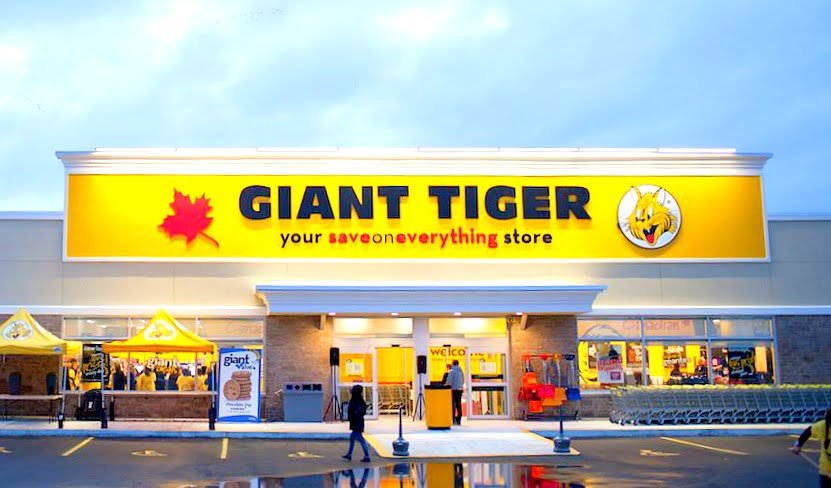Calgary’s retail vacancy has remained “relatively stable for a long time,” but a growing lack of new development is creating a tighter market in key areas, says Ryan Rutherford, Vice President of Retail Leasing with Cushman & Wakefield
“You know, since I’ve been in the business 15 years, I don’t think vacancy has been above maybe 6%,” said Rutherford. “The only caveat is, during COVID, we thought it shot up to over 10—we weren’t really sure at that time.”

According to Rutherford, stability in vacancy rates is directly tied to a scarcity of new construction. “The reason it continues to be stable—and maybe is going down—is the lack of construction, lack of development, lack of new sites. So existing space is becoming more sought after than it ever has been.”
In a recent retail report, Cushman & Wakefield released Five Fast Facts about the Calgary retail market:
- Overall vacancy remains stable
Calgary’s overall retail vacancy rate sat at 4.2% as we moved into 2025. The primary source of vacant space in the city continued to be the Central Business District – the Beltline and the Downtown – with 13.5% vacancy. All is not how it seems, however. More on that in Fact #3.
The suburbs, for their part, all posted vacancy rates below 4% with the Suburban North markets clocking-in at 2.7% and those in the Suburban South posting 3.6% overall vacancy.
- Reinvigorated urban activity
Leasing activity began shifting from the suburbs back toward the Central Business District. Tenants began collectively responding to the one-two-three combo of: 1) slowing new construction 2) increased competition for existing spaces and 3) the resulting higher asking rates/operating costs (which include property taxes) in the outer periphery.
In some instances, Calgary’s rates have exceeded Toronto and come second only to Vancouver.
- The basics move the needle
New mixed-use development and commercial office redevelopment activity remained strong in the Downtown and Beltline. As such, grocery options to feed the growing urban population have become increasingly important.
In March, a 13,000 square foot No Frills opened in the Downtown West End*. Part of a new urban concept, it’s the first urban store in Calgary and the only grocery option north of 9th Avenue. It will serve the ~500-unit development and the surrounding community.
- Buying Canadian, eh?
In the face of U.S. tariffs being applied to Canadian products, a surge in nationalism – prompted a strong ‘buy Canadian’ ethos among consumers.
In many instances, American products such as beer, wine and spirits have been made unavailable for purchase, but at the grocery level, retailers such as Loblaws and Save on Foods have made substantial efforts to identify and promote Canadian producers and Canadian-made products.
- What’s on the horizon?
Calgary witnessed a continuing move toward retail density à la mixed-use development. Notable new examples include the West Village Towers (Cidex Group) in the Downtown and the West District – a master planned community by Truman.
As a result of the City of Calgary’s emphasis on commercial and residential densification, new and pending retail inventory is now almost exclusively an integrated aspect of residential communities and mixed-use developments.
Rutherford highlighted that certain parts of the city are especially tight: “Southwest, northwest—especially grocery-anchored or big regional shopping centres. There’s still northeast and, of course, downtown and some other pockets that bring it up to that four or five, but really stable overall.”
Downtown Core Shows Renewed Promise
Despite having the highest vacancy among Calgary’s retail submarkets, downtown is showing promising signs of recovery, driven by a combination of office-to-residential conversions and a resurgence of foot traffic.
“There’s more people back to work, more bodies and presence downtown during the day,” said Rutherford. “Also the office residential conversions, I think, are starting to maybe have a bit of an impact and also new development. There’s just more towers being finished now, like West Village Towers.”
He added: “It’s still the highest vacancy we have as far as a submarket in the city, the downtown, but it’s definitely going down.”
When asked if these conversions and new towers will drive more retail to the core, Rutherford was cautiously optimistic.
“I think it will. I think it’ll be a slow decrease in vacancy and slow increase in demand, but I think it’s turning that direction,” he said. “Just more bodies, more people down here, evenings and weekends, will translate to sales, which will support retail.”

Local Retailers Feel Temporary Lift from Buy Canadian Sentiment
Rutherford also weighed in on the current “buy Canadian” sentiment and its impact on emerging and independent retail.
“I think it will [have an impact]. I think some have already noticed it,” he said, referencing a recent article highlighting Canadian EMERGE brand truLOCAL. “Local brands are benefiting from it.”
However, he cautioned against expecting long-term shifts in consumer behaviour.
“I don’t think that it’s sustainable though. I don’t see it continuing on past probably this year. I mean, I think once this election is over, people will probably go back to their typical habits.”
“At the end of the day, people want the things that they want. I think it makes them feel good to do it, but it’s just not a long-term thing, in my opinion.”
Landlords Seeking More, Development Lagging Behind
With new development stalling, landlords are starting to push rents higher, creating new challenges for tenants.
“There isn’t anything being built,” Rutherford said. “The existing centres—the good ones with grocery anchors or the regional shopping centres—are more sought after.”
He added that landlords, particularly large ones, are now seeking annual rent increases, a shift from previous trends.
“We’re seeing landlords asking for annual increases now—rents. They’re asking for, like, two and a half percent a year, in some cases, which is a new trend.”
That pressure is landing squarely on retailers, some of whom are struggling to keep up. “Some tenants just can’t,” Rutherford noted. “We’re kind of at this interesting point here where we need some new development to kind of soften that and bring that down. But right now, landlords are looking at ways to cut costs and looking to get it from the tenants.”
Related Retail Insider stories:













